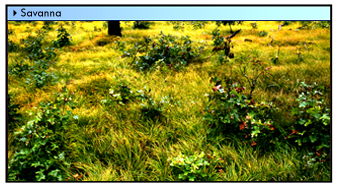Prairie
The prairie communities
can be divided into wet prairie, wet mesic, mesic prairie,
dry mesic and dry prairie. At Necedah the wet prairie and wet
mesic prairie predominate. In the wet prairie, bluejoint
grass, prairie cord grass, marsh wild timothy grow with black
eyed susan, mountain mint, golden rod, aster and meadow rue,
sawtooth sunflower. In the Wet mesic prairie big blue stem,
bluejoint grass canada wild rye, prairie panic grass grows
with asters, black eyed susan, mountain mint, meadow anemone,
prairie blazing star, prairie flocks, purple meadow rue, saw
tooth sunflower, switch grass, wild bergamot and yellow coneflower.
Enter: Prairie
|









